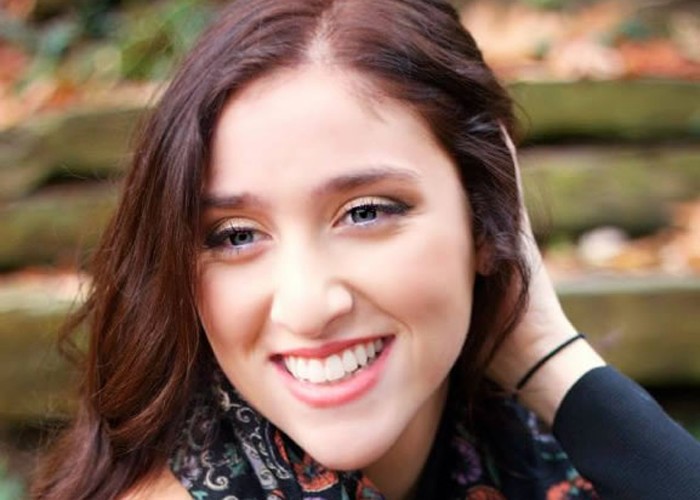For teenagers, junk food is typically a way of life.
However, Westlake, Ohio, resident Courtney DAvino, 18, wasnt able to enjoy all of the bad foods that taste so goodor really any foodwithout experiencing intense pain until just a few years ago.
"It all started when I was 15 and took a trip with my family to Disney World; I had an ice cream cone, and I thought I was going to die, she says. "I thought maybe it was just cramps, but after hours of just lying on the floor in a ball, I realized that this wasnt normal.
She was diagnosed with chronic pancreatitis, which was not a complete surprise as her sister Paige, who is now a student at the University of Cincinnati, also suffered from the same condition. It was Courtneys diagnosis that led to genetic testing, confirming hereditary pancreatitis. Paige, thankfully, lives a pain-free life, but for Courtney, this awful disease was presenting in its worst way.
DAvino says she spent the next two years in excruciating pain daily and on oxycodone, taken after every meal, to ease the debilitating pain that followed after eatingand if that wasnt difficult enough, episodes started to occur even unrelated to food intake.
"I was in and out of the hospital eight times over the course of a year, and I had a lot of bad reactions to medication they were trying to give me for the pain, she says, adding that she missed a lot of school and was unable to participate in normal teen activities.
The hospital to which she was admitted showed great care, but in the end, physicians there could only deal with managing her pain and keeping her hydrated.
"My parents were tired of seeing me suffer, and began searching for answers on the Internet, which is what led us to Dr. Syed Ahmad at UC.
The DAvinos became aware of a surgical option that held the potential of eliminating her pain. The surgery could mean challenges associated with diabetes, but pain relief and pain medicine elimination were the primary goals.
Ahmad, director of the UC Pancreatic Disease Center, which is part of the UC Cancer Institute, and a UC Health surgeon, was able to remove her pancreas with autologous islet cell transplantation, a highly specialized surgical procedure that can "cure chronic pancreatitis. Only a half-dozen hospital systems in the United States offer this procedure.
"Patients with chronic pancreatitis are quite debilitated, says Ahmad, a professor in the UC College of Medicines department of surgery, adding that many of them only have strong and sometimes addicting pain medicine to help soothe the discomfort.
Located behind the lower part of the stomach, the pancreas is a small organ that produces insulin to control blood sugar levels and enzymes that help the body process and use food. Insulin is produced in the pancreas by cells called the islets of Langerhans (Islets), which are made of several types of cells including insulin-producing beta cells. This hormone helps the body use glucose (sugar) for energy. If the body does not produce enough insulin or has trouble using it properlycausing glucose to build up in the bloodthe patient will develop diabetes.
The advent of islet transplantation allows surgeons to remove the pancreas and possibly prevent or minimize diabetes.
During a pancreatectomy with autologous islet cell transplantation, the patients pancreas is completely removed. The organ is then taken to a laboratory where a specialized process is used to remove the islet cells. The cells are then purified, processed and transplanted in the patients liver. There, the islets take residence and function as they would have in the pancreas.
DAvinos pancreas cells were processed in the cellular therapy lab at Hoxworth Blood Center, which has been managing this process for UC Health surgeons for many years.
Unfortunately, it was necessary for DAvino to become insulin dependent following the surgery, but this, along with a longer recovery process, is a small price to pay for living a normal life, she says.
Shes now enjoying being a "normal teenager and trying to determine what she wants to study in college and discover new hobbies.
"Its so good to eat without pain, she adds. "I love food so muchI tell everyone Im in a relationship with food. She says managing her diabetes is a challenge, but the surgery has dramatically improved her quality of life.
"Were so happy to have found Dr. Ahmad and the team at UC, says Patti DAvino, Courtneys mother. "We couldnt have asked for a better experience, and now, Courtney is able to live life like every 18-year-old should. We also know that Dr. Ahmad and his team, including transplant nurse and our key contact during follow-up, John Brunner, are always there for us.


